Pressure Mounts for EPA to Finalize Cleanup Plan at CFAC Superfund Site
With a high-stakes development deal in the balance, elected officials are urging state and federal regulators to approve a cleanup plan for the contaminated aluminum plant property near the Flathead River. Meanwhile, tribal leaders and members of a grassroots community coalition are pressing for more time and additional analysis.
By Tristan Scott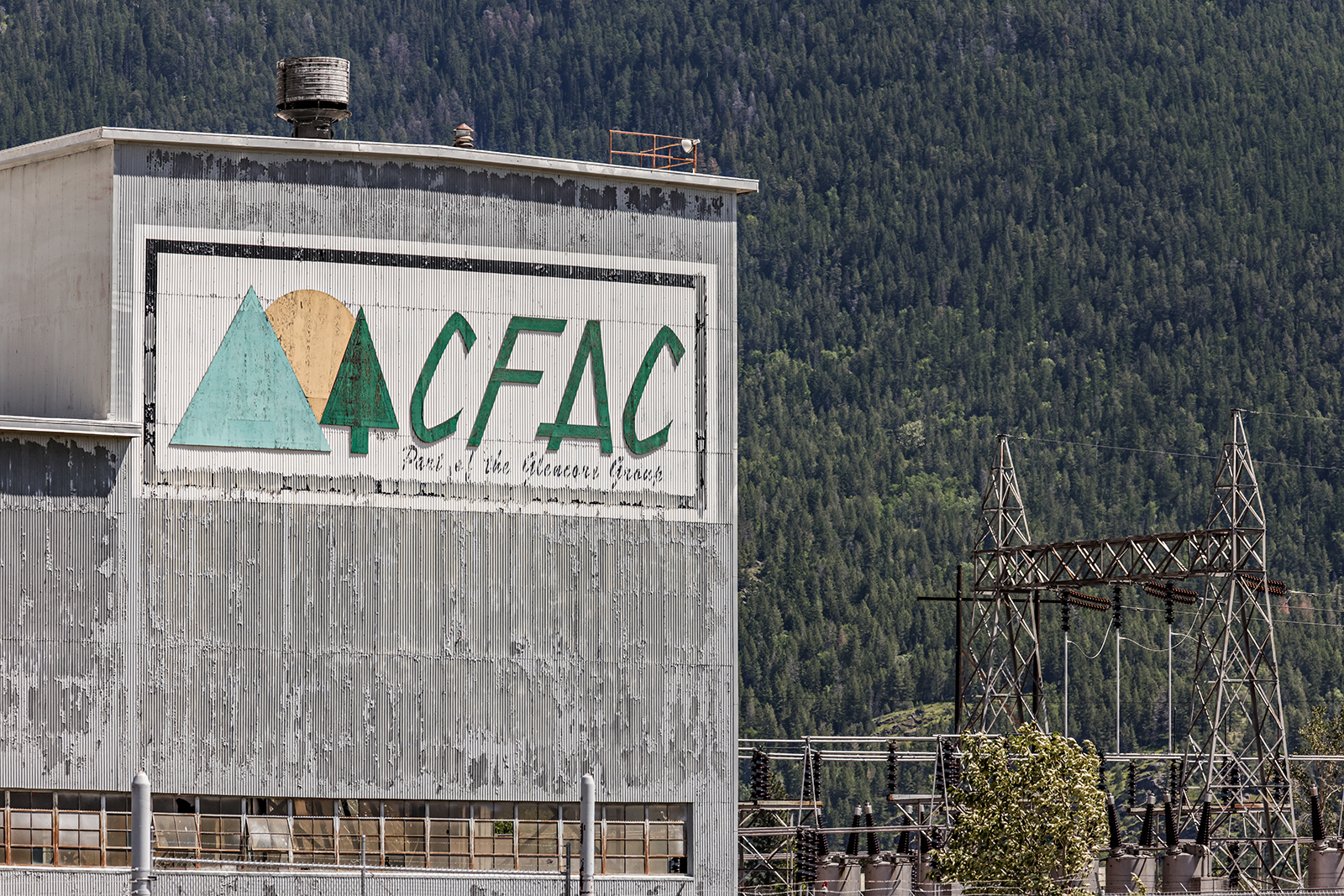
As the contaminated Columbia Falls Aluminum Company (CFAC) property approaches a key milestone in its cleanup timeline, the U.S. Environmental Protection Agency (EPA) faces growing pressure from local elected officials and federal delegates to issue a final determination about the fate of the former industrial site on the Flathead River, which the agency designated for remediation under the federal Superfund law in 2016.
Recent letters to the EPA from city and county leaders, as well as Montana’s governor and a U.S. senator, pressed agency officials for updates on the cleanup plan while emphasizing the time-sensitive nature of a process that had receded from public attention; until, that is, development plans for the shuttered property emerged in April. Those plans between local developer Mick Ruis and Glencore, the Swiss commodities giant that owns CFAC, are contingent on EPA finalizing the details of its proposed cleanup plan by issuing a planning document called a Record of Decision (ROD).
“Given the importance of this cleanup effort to the community, I request an update on the current status of the ROD as well as a timeline for issuance of a final ROD and any intervening steps that are necessary before the issuance,” U.S. Sen. Steve Daines, R-Mont., stated in an Aug. 23 letter to EPA’s Region 8 Administrator KC Becker. “Since work can only begin on the recovery and restoration process of the Superfund site once the final ROD is issued, this is an important timeline.”
The EPA also received a July 16 letter from the Flathead County Commission; an Aug. 5 letter from Columbia Falls Mayor Don Barnhart; and a June 21 letter from Gov. Greg Gianforte, all expressing support for the preferred cleanup plan and requesting a status update and clear timeline for the ROD.
The Flathead County commissioners’ request that the EPA finalize a cleanup remedy follows a February appeal imploring the agency to postpone a final determination. In that letter, the commissioners urged the agency to intensify its engagement with community stakeholders and re-evaluate alternative cleanup remedies.
“We appreciate the efforts and expertise that was brought to the table by the EPA and all stakeholders during this planning phase, and we are thankful for the careful deliberation that took place following our February 12, 2024 letter requesting the EPA postpone a final determination,” according to the commissioners’ most recent letter. “Now, we respectfully urge the EPA to expedite the finalization of these plans, thereby enabling our community to begin the recovery and restoration process.”
The purpose of an ROD is to finalize a selected remedy for cleanup, and to articulate how the plan meets statutory requirements under federal Superfund law. It also provides an overview of the site’s history, enforcement actions against the corporate polluters, community engagement and outreach efforts, site characteristics, land use, human health and ecological risks, and cleanup objectives.
“As we approach a Record of Decision (ROD) for the Site, we want to emphasize that a ROD is just step five in the nine-step Superfund process, with ongoing community involvement throughout,” Matthew Dorrington, the EPA’s remedial project manager for the CFAC Superfund site, wrote in a Sept. 4 email. He added that the updated timeline “reflects the uncertainty in exact timing.
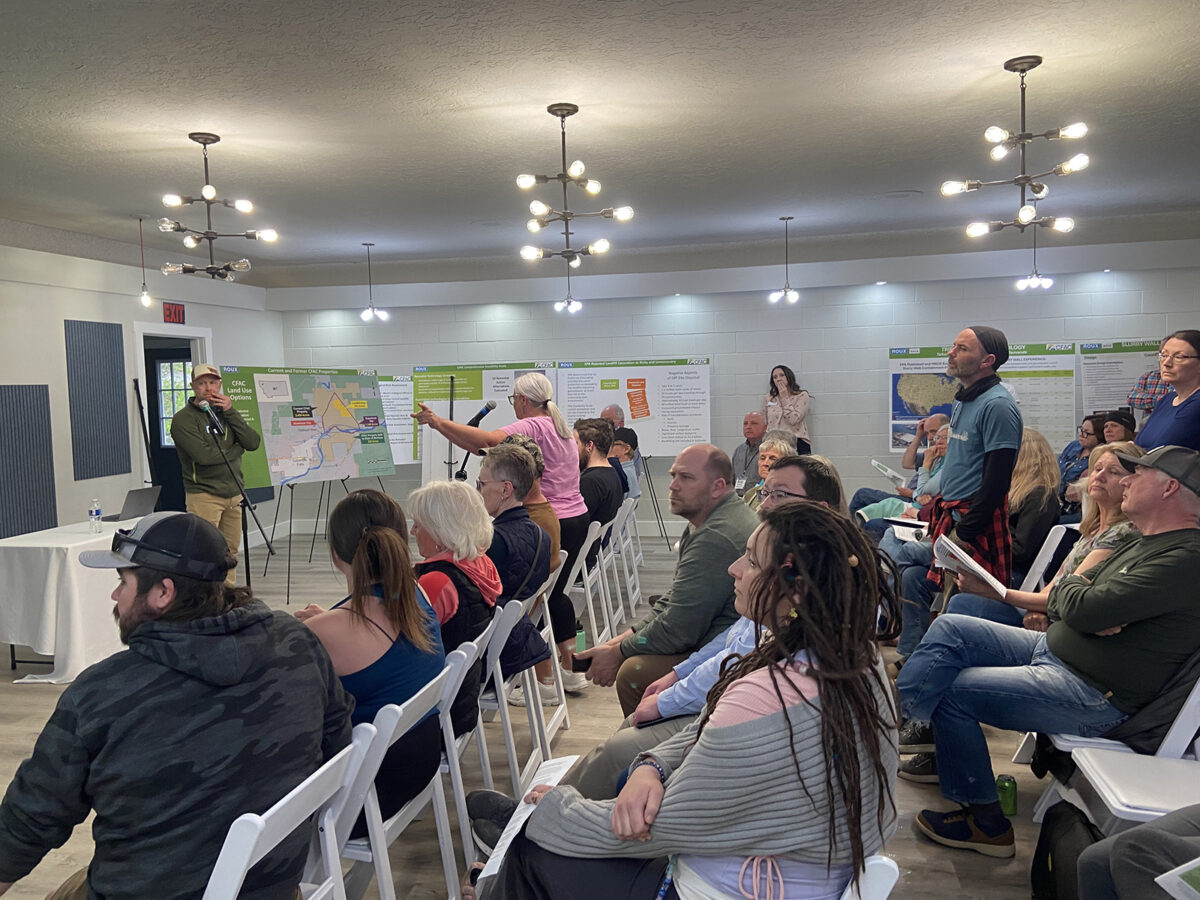
Although EPA initially expected to finalize the ROD by spring 2024, the deadline was set as a moving target that had since been reset for completion this fall. The agency’s website was recently updated again to reflect a new ROD completion timeline between December 2024 and February 2025.
Dorrington said the abrupt change to the timeline, which occurred without public notice — which is not required — was a result of an update to the Superfund Enterprise Management System (SEMS) that Dorrington made months ago.
“Only recently have our planning personnel cleared a rather large backlog of project updates in the SEMS system, which explains the apparent recentness of the schedule shift,” Dorrington stated in the email.
Even so, the new project timeline rankled Glencore officials who bristled at the unexpected extension, which they acknowledged could affect the deal with Ruis.
“We were surprised,” CFAC Project Manager John Stroiazzo, of Glencore, said Wednesday. “We were a little buffaloed to learn of the new timeline. We’ve been sitting around talking about this for way too long.”
The delay is especially vexing, company officials say, because it comes after a public outreach campaign that Glencore helped coordinate and facilitate alongside EPA, hosting a series of community engagement open houses and site tour of the contaminated property. The outreach efforts were arranged at the behest of a grassroots advocacy group called Coalition for a Clean CFAC (CCC).
In an Aug. 14 letter to the EPA, Glencore Corporate Secretary Cheryl Driscoll acknowledged that the meetings “productively refocused public attention on the technical underpinnings of the plan” after a two-year gap between completion of the Feasibility Study in June 2021 and the cleanup plan’s release last year.
“We believe that this process served the useful purpose of updating the public and is now complete,” Driscoll wrote. “Consistent with that, you told us … that you had committed to support CCC and pause the ROD development process through the end of August. We believe that EPA has satisfied any reasonable commitment to better inform the public about the technical basis for the Plan.”
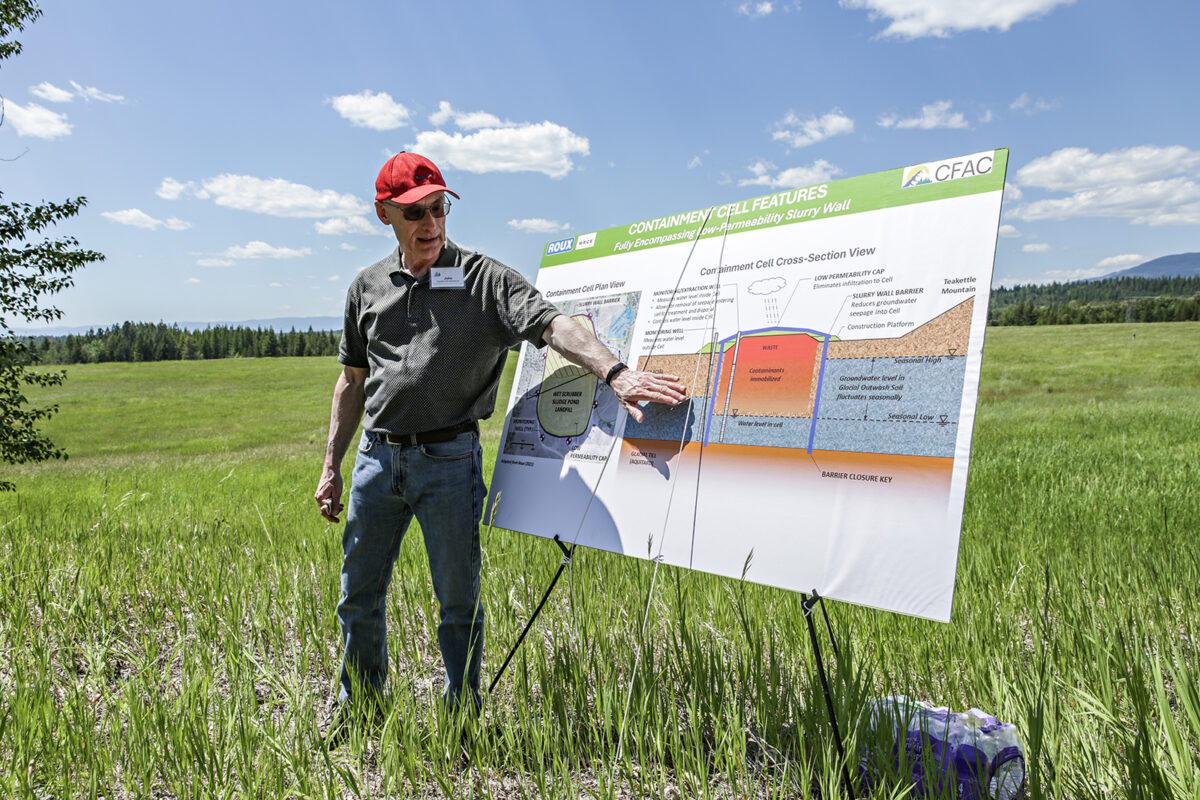
Much of the renewed community concern has centered on the EPA’s proposal to contain rather than remove the environmental hazards; specifically, groundwater in the plume core that contain concentrations of cyanide, fluoride and arsenic in dangerous concentrations, posing risk to future residential drinking water users.
Under the EPA’s preferred remedy, those chemicals would be contained by an underground barrier called a slurry wall. The barrier would stretch 3,000 to 4,000 feet in length, wrapping around the perimeter of the contaminated property and filling a deep trench before tying into the aquitard, a geologic formation with a low rate of permeability that would form the fourth wall of a containment cell.
The EPA also evaluated the cost of off-site disposal, estimating it as ranging from $625 million to $1.4 billion, compared to the $57.5 million cost of the preferred alternative. The agency also evaluated the logistics of off-site disposal, including excavating about 1.2 million cubic yards of hazardous waste from the landfills, which would need to be dewatered and carted off site to the nearest Resource Conservation and Recovery Act (RCRA) landfill in Arlington, Ore., nearly 500 miles away.
On Aug. 28, CCC issued a press release announcing that it had completed a technical “deep dive” into the cleanup alternatives and, after combing through more than 10,000 pages of documents — including the EPA’s formula ranking all six possible alternatives — “has come to a different conclusion on the proposed alternatives.”
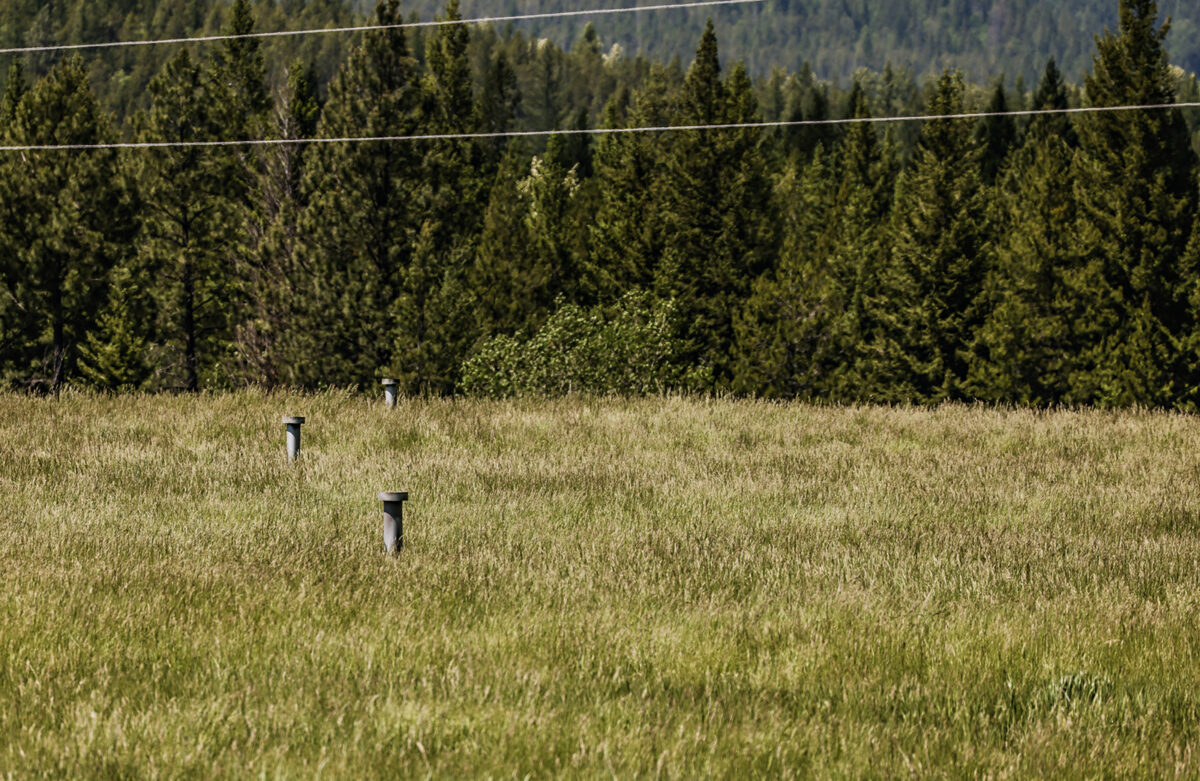
Mayre Flowers, who helped form the coalition, said the group was recommending Alternative No. 6, which still adheres to a waste-in-place concept but calls for the construction of a hazardous waste landfill to contain the toxic hazards on the CFAC property. According to Flowers, CFAC’s own report shows that a study performed on slurry wall effectiveness found that, of 48 sites, a quarter of them were considered ineffective after five years.
Moreover, Flowers said Alternative No. 6 is the most protective of all onsite options and is much less expensive than off-site removal.
Glencore officials said the coalition’s work, some of which is being funded by a technical assistance grant from EPA, had become “an unproductive use of government resources.”
“What may have started as a well-intentioned attempt to accommodate requests to better understand the technical basis for the Plan has morphed into an effort by a handful of activists from outside Columbia Falls to use EPA contractors to attempt to undermine EPA’s own Proposed Plan and restart the site analysis and decision-making process to try to achieve their desired remedial outcome,” Driscoll wrote to EPA.
But other stakeholders have asked the EPA to delay issuing a final ROD, including the leaders of the Confederated Salish and Kootenai Tribes (CSKT), whose ancestral territory spans the CFAC Superfund site, and who encouraged agency officials to reconsider a plan that calls for off-site disposal of the hazardous waste. In an Aug. 13 letter to Becker, the EPA administrator, CSKT Council Chairman Michael Dolson raised “substantive concerns regarding the proposal to leave the contamination in place on site, a proposition that potentially risks leaving the legacy smelter waste in the hands of our future generations, rather than ensuring that the Responsible Parties have full accountability for cleaning up the waste.”
“It is critical to us and the long-term protection of our treaty rights and lands that all of the options be comprehensively reviewed, including complete off-site disposal and/or moving the waste out of the critical floodplain corridor of the Flathead River,” Dolson stated in the letter. “We want to be absolutely sure that the remedy that is ultimately selected will provide long term effectiveness and protection for our tribal and treaty resources and homeland, as well as the other communities which are invested in the future of this site, Flathead River and Lake, and the broader watershed. Thus, given these concerns, we request that the EPA delay issuing a Final Record of Decision on the CFAC Superfund Site so that we can adequately review and meaningful participate in this process.”
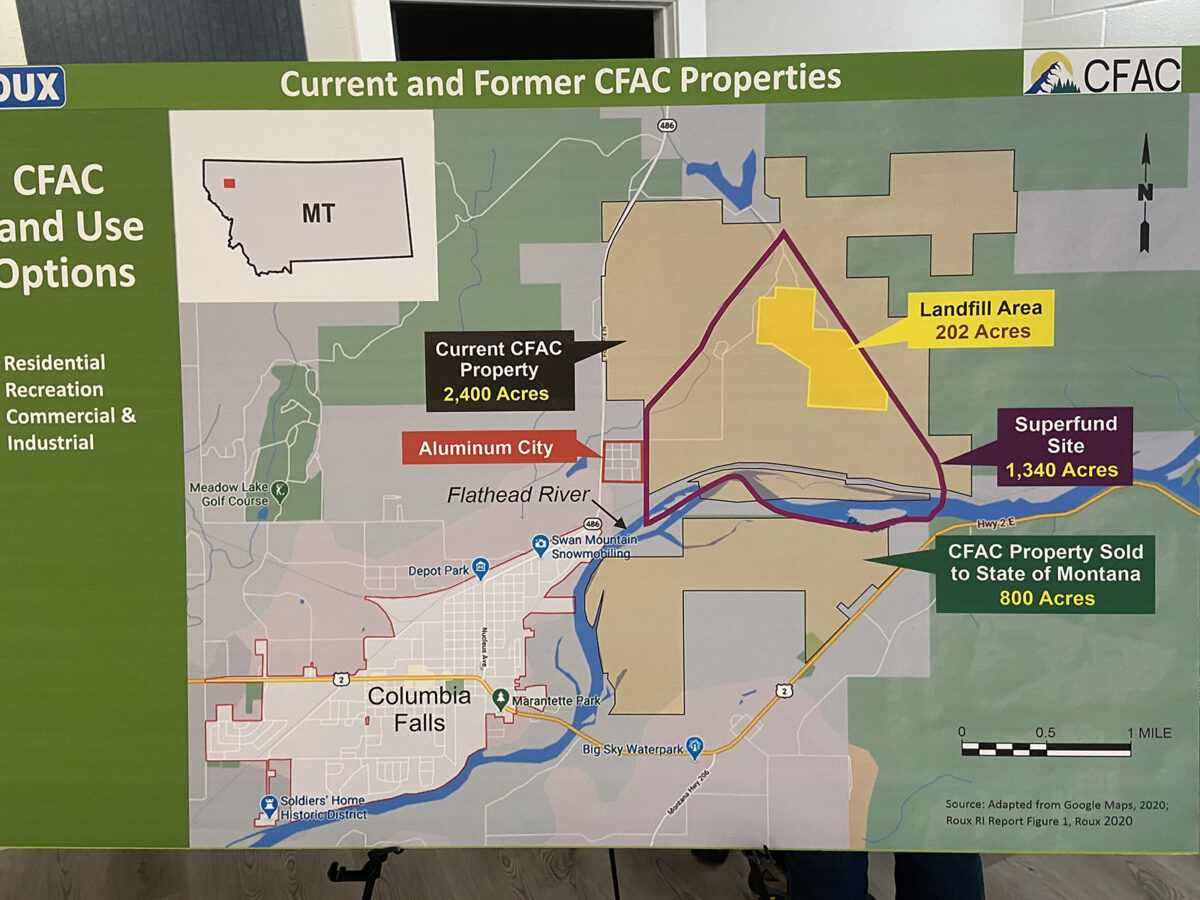
Meanwhile, Stroiazzo said the deal to sell 2,400 acres of CFAC property to Ruis, the developer, is contingent on the EPA selecting its preferred remedy in a timely manner, not to circumvent accountability, but because it adds a degree of certainty to a lengthy, complex and evolving cleanup process.
“This option before us was selected because it is protective of human health and the environment and it’s the highest-ranked alternative identified by the EPA,” Stroiazzo said Wednesday. “It’s head and shoulders above the other options. To have a deal to redevelop the site, we need to have certainty about what we are selling. With this option, we can say exactly how much land we will be able to offer, and we can determine the pricing and the terms of the deal. If the cleanup option changes, we might need to disturb more land, which would affect the property, and the deal would have to be changed at that time. What we know right now is that this option provides the least amount of risk to human health and safety, the least amount of risk to the environment, and the fastest schedule to get this property into the redevelopment phase.”
“The proposed cleanup plan has not changed so we don’t think there’s any reason to hold up the release of the ROD. We have stated that from the outset. Could it impact the deal with Mr. Ruis? It could,” Stroiazzo added. “The deal is predicated on the proposed cleanup plan going forward. The certainty of the deal is based on the proposed plan. If the plan is different, we have to turn around and reassess. We can’t speak to whether Mr. Ruis will withdraw his offer, but we all agreed that a key part of the deal was the EPA’s selection of the proposed remedy.”
Correction: An earlier version of this article misidentified the name of the local organization pushing for a more comprehensive assessment of the proposed cleanup plan. The group is called Coalition for a Clean CFAC. The Beacon regrets the error.